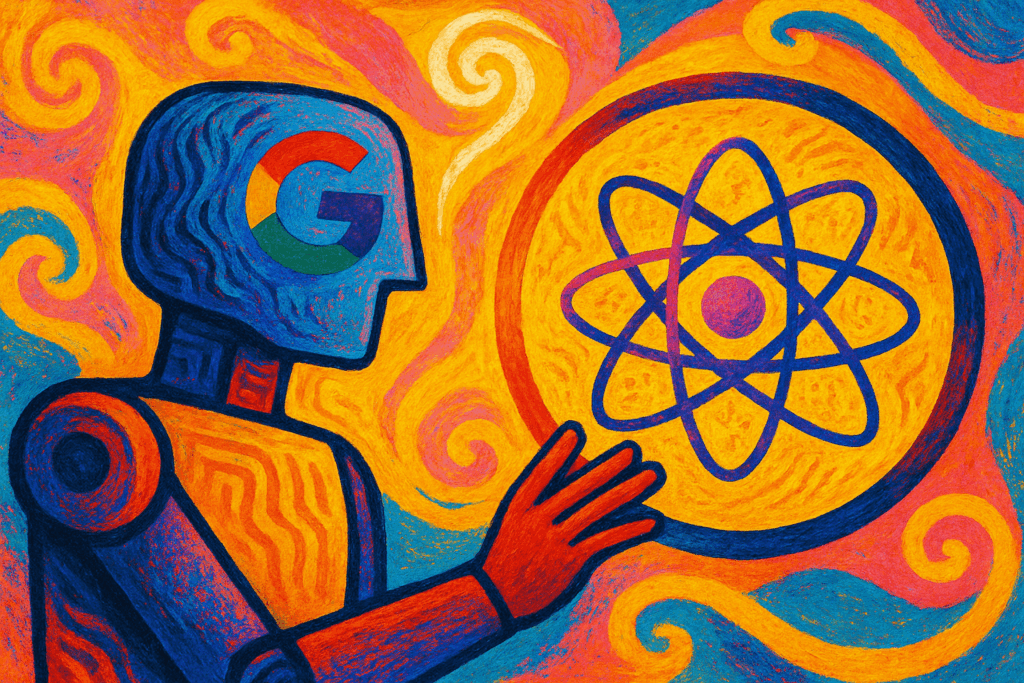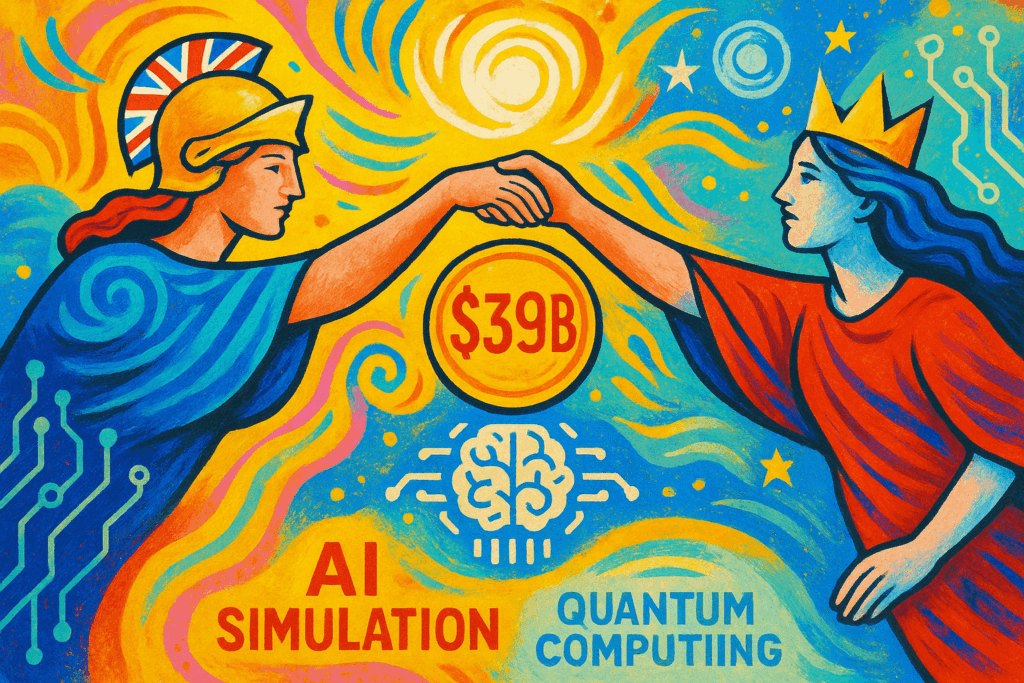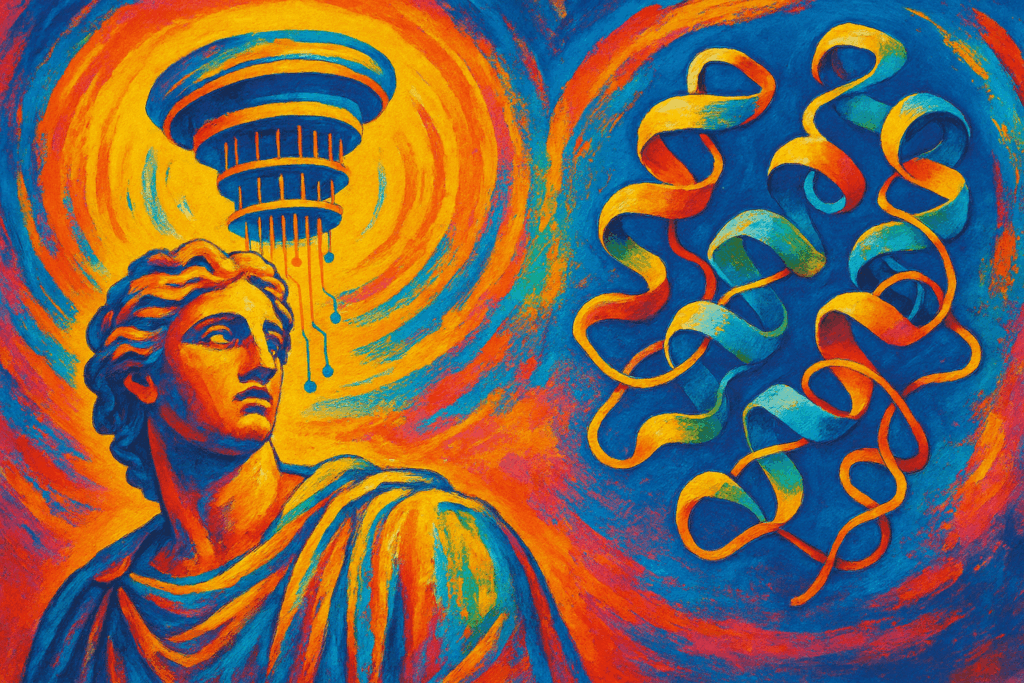Seeing the Unseen: Google AI’s Quantum Breakthrough
Google Quantum AI has achieved a notable milestone in observing intricate quantum behaviors that were once elusive. By employing advanced measurement techniques centered on Out-of-Time-Order Correlators (OTOCs), and notably the higher-order variant OTOC(2), researchers have managed to capture quantum dynamics previously hidden within the chaotic landscape of highly entangled quantum systems. This approach unveils long-lasting quantum interference patterns that standard methods often fail to detect, offering new insight into the fundamental processes governing quantum evolution.
Unlocking Complex Quantum Dynamics
Observing complex quantum dynamics presents significant challenges due to the fragile and chaotic nature of entangled quantum states. Traditional measurement tools struggle to track how information scrambles and evolves over time within such systems. OTOCs, and in particular OTOC(2), provide a novel lens through which these dynamics become accessible. This technique captures subtle correlations between quantum operators at different times, exposing interference effects sustained over longer durations. These findings illuminate the underlying structure of quantum processes in ways not achievable through conventional measurements.
A New Frontier for Quantum Computing
The persistent interference signatures revealed by OTOC(2) constitute a stark obstacle for classical simulation methods. Experiments performed on Google’s superconducting quantum processors illustrate that these quantum correlations are highly sensitive to minute aspects of system evolution, demanding computational resources beyond classical supercomputers’ reach. By positioning OTOC(2) within a beyond-classical computation regime, these results mark a significant move closer to achieving practical quantum advantage — where quantum devices solve problems infeasible for any classical computer.
Practical Applications and Future Potential
Besides emphasizing the increased complexity for classical simulations, this research paves the way for application in fields like Hamiltonian learning, a process that reconstructs unknown quantum system characteristics by aligning experimental OTOC data with model simulations. While initial experiments utilize simplified models, the demonstrated methodology opens promising avenues to tackle practical challenges, such as refining molecular interaction predictions in materials science. These developments reveal a ‘Goldilocks zone’ where quantum systems operate both accurately and efficiently on tasks that remain out of classical reach, accelerating progress toward effective quantum AI technologies.
This breakthrough by Google Quantum AI underscores the growing potential for quantum advantage in AI simulation, laying foundational work for the next generation of quantum computing applications.




